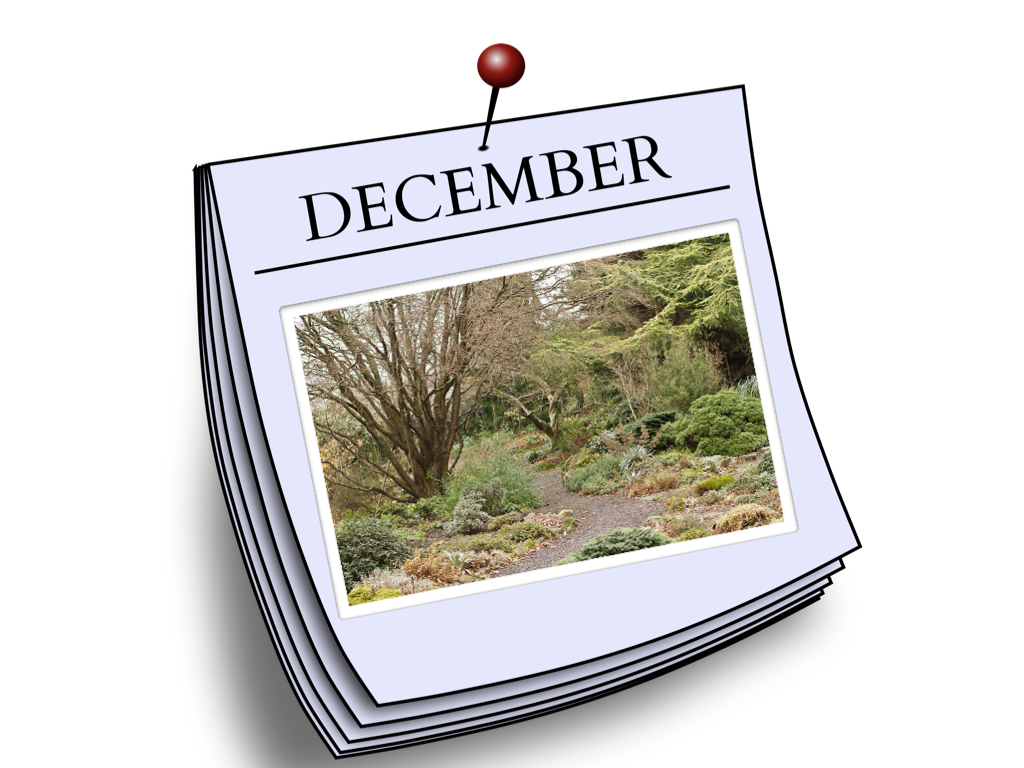YOU can help to make the world a better, a more friendly, loving and beautiful place by tending your spot on this earth that has been given to you—your garden. Here is a to do list to help you to do just that…
Tree and Shrub Care
Fruit tree sanitation. To prevent possible spread of leaf diseases, rake up and remove leaves from around the base of fruit trees.
Fruit trees. You can start pruning your fruit trees and continue all the way up until February.
Storm-proof your larger trees. Checking your trees for hazards and then take the appropriate measures to protect your trees from storm damage. If you’re not sure about the condition of your trees or even what to look for, call Good News Tree Service, Inc. for a free on-site
consultation.
Plant or transplant trees and shrubs. After the cold, seasonal rains have started is a good time to plant or transplant ornamental trees and shrubs. Cooler weather means less transplant shock to the plants, and over the winter and spring, they will have time to begin to acclimate to their new environment before the stress of the next summer season occurs.
Prune your trees and shrubs. This is a good time to start pruning your deciduous trees and shrubs after the leaves have fallen and a tree’s branching structure is clearly visible making pruning easier. If you’re not sure what to do, or how to do it, call Good News Tree Service, Inc. for a consultation, pruning lessons or to have them to the pruning for you.
Prune coast/shore pines (Pinus contorta) and Scotch/Scots pines (Pinus sylvestris). These two pines are especially susceptible to the sequoia pitch moth whose larvae burrow into the tree trunks during the growing season (April through September) causing the trees to exude large amounts of unsightly pitch globules. While this seldom kills the tree, the bleeding of sap is not good for the overall health and vigor of the tree. It is advisable, therefore, not to prune these pine trees during the growing season, since the pruning cuts attract the moth, which then lays eggs on the tree, which hatch into tree-burrowing larvae. Pruning should be done on your pines from November to March.
Coryneum Blight (Shot Hole Fungus): This leaf blight affects cherry, plum, prune. Apply fungicide in late fall, early December, and again in January, and again in spring before leaves emerge.
Willow Twig (Bacterial) Blight: Apply copper spray fungicide after the leaves drop.
Magnolia Bacterial Blight: If your magnolia bush or tree has blighted leaves and flowers (dark, irregular spots) and the new shoots wilt and die in the spring, it may be magnolia bacteria blight. To treat, the magnolia needs to be sprayed once in the fall and twice in the spring near bud break.
All large trees: After each major weather event, check your trees for damage such as broken or hanging limbs. If you have concerns or questions about your trees, have an ISA Certified Arborist with an ISA Tree Risk Assessment Qualification (like Good News Tree Service, Inc.) inspect your large trees for damage or the potential of failure due to weak root systems and defects in trunks and branches.
Elsewhere in the Garden
Put slug bait around winter flowers.
Plant spring flowering bulbs.
Rake and dispose of ornamental tree leaves, or better yet, compost them and then spread the decomposed leaves back onto your shrub beds as a mulch next year.
Mulch your shrub beds. Put a two to three inches of mulch (e.g. bark dust, garden compost or wood chips) around perennials and other plants that might be sensitive to subfreezing weather. Also, spread a fresh layer of mulch (e.g. bark dust, garden compost or wood chips) on all the bare dirt areas in your yard to prevent soil compaction from rains, to prevent weed growth and to enrich and help to condition your heavy clay soils.
Winterize your irrigation system. Provide winter protection to in-ground irrigation systems by draining them and insulating valve mechanisms.
Winterize your outdoor faucets. Protect outside faucets from subfreezing temperatures, and drain and store garden hoses in your garage or garden shed.
Cut English ivy off of the base of trees. (This can be done any time of the year.)
Feed the birds. Dutifully maintain your bird feeders. As winter comes, birds have a harder time finding food. Bring life and excitement to your backyard by turning it into a bird sanctuary. The birds will thank you for your generosity by providing you with hours of entertainment, and by eating insect pests that harm your ornamental trees and shrubs.
For more information, visit Good News Tree Service, Inc. of Wilsonville at goodnewstree.com or call (503) 682-9466.

